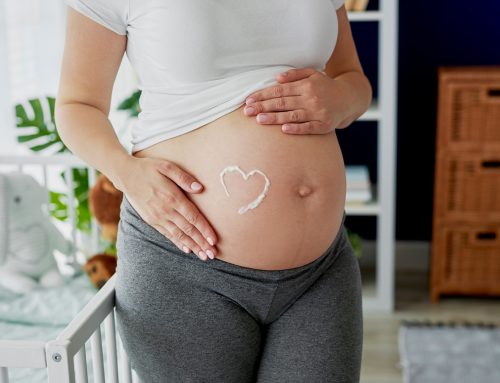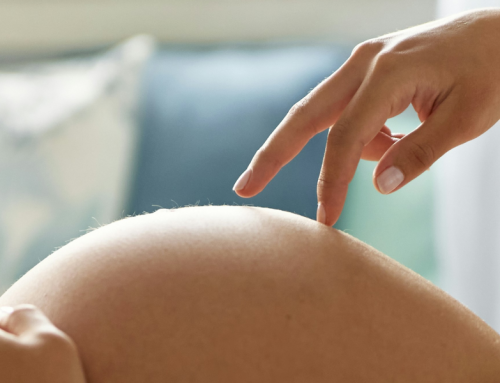Harvard researchers develop a device making it possible to assess sperm concentration and motility using an app
We spoke to one of our leading experts to assess the possibilities that have been opened up thanks to the development of a new device enabling us to analyse the quality of a sperm sample from home by means of a mobile app. Nobody knows the tests carried out in an assisted reproduction laboratory better than Dr. Aïda Pujol, who with over 15 years of experience, is in charge of one of the Eugin group’s assisted reproduction laboratories.
Dr. Pujol, to our complete astonishment we have read about the development of a device that connects to the phone and allows us to know the quality of a sperm sample. Is this a revolution in andrology?
The device is a good example of how science and technology is advancing today, by breaking down barriers and getting closer and closer to the user. It is a positive thing, and when complemented by other tests, will allow the couple to identify whether they have difficulties achieving a pregnancy, and with this information visit a medical professional to help them find the most appropriate solution to their case.
What does the device consist of?
It is a small accessory with a microchip that links to the smartphone through an app. By using the camera and the phone’s processor, it enables the user to assess two of the parameters that are regularly checked in a laboratory: sperm concentration and motility. It does not, however, measure sperm morphology, which is an equally important parameter when it comes to knowing fertile potential.
Researchers describe the device as “just as simple as a pregnancy test.” Can sperm analysis become so accessible?
Performing the test itself is simple, as is using the device. The interpretation of the results obtained, however, requires the knowledge of an assisted reproduction specialist, who will determine what other tests the couple should undergo to obtain an accurate diagnosis.
Many couples today will be wondering whether this technology can help them in their case. Can they make use of this device in order to know their fertility?
A joint fertility assessment is performed as it cannot be studied in isolation. Obviously, the device that has been developed is very useful when it comes to having an initial approximation to any possible seminal alterations and it has shown its effectiveness by providing accurate data in over 300 samples. It is true that, for the moment, we are talking about a prototype that today is far from being commercialised. Its results should also be interpreted by a team of professionals, and must be accompanied by other medical tests that help the couple to obtain a comprehensive diagnosis as well as provide the best solution to get pregnant according to their particular case.
In addition to the sperm analysis, what other tests should a couple who do not get pregnant undergo?
Before starting a treatment, it is necessary to carry out a complete study that applies to both men and women. In the case of men, there are complementary tests to the seminogram, such as the sperm capacitation test or REM, hormonal tests, a genetic study, all of which are adapted to the specific case. The woman, on the other hand, should undergo a complete blood test, a transvaginal ultrasound, and a basal hormone study. These tests may vary according to each case and will depend on the age, but only through the information collected will it be possible to determine the most accurate diagnosis for each couple.





